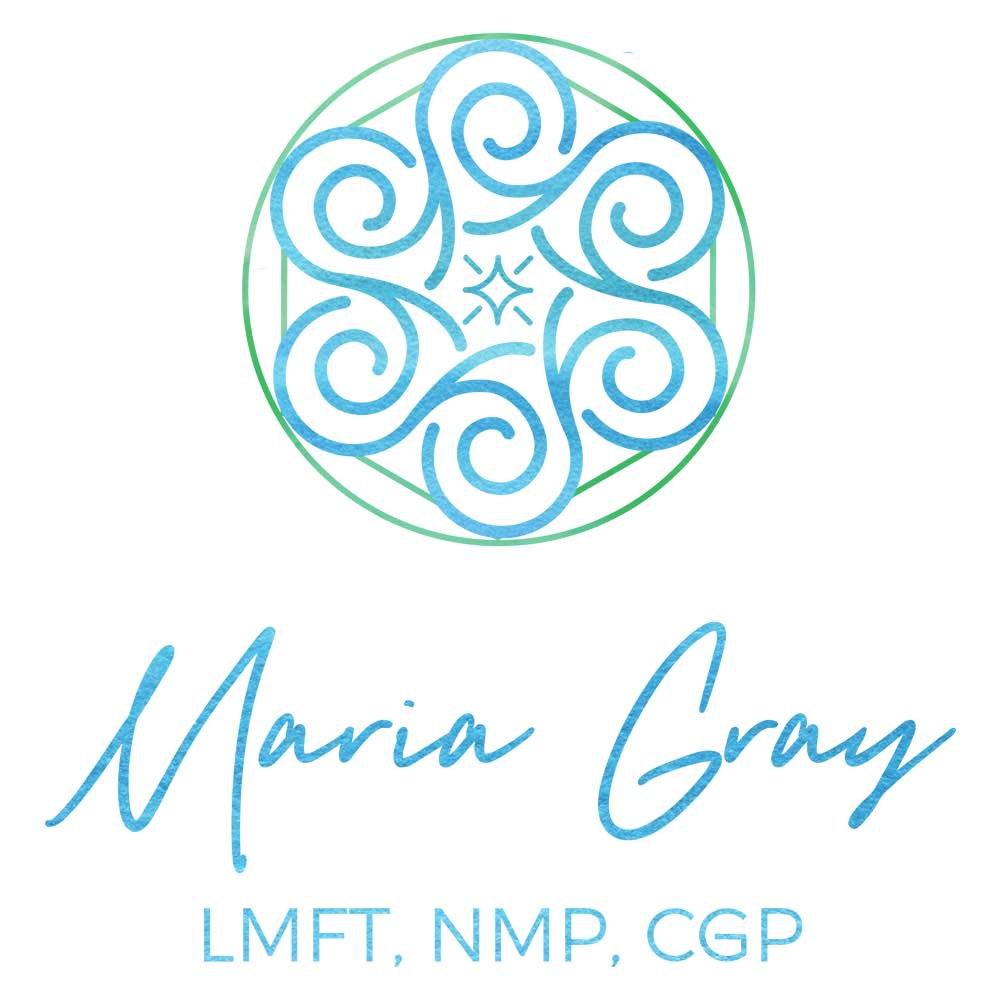One of my business practices is to examine my finances practically and psychologically. This consists of reviewing my financial progress on a weekly basis and exploring my countertransference in my own individual therapy. My early experiences with money shape the way I react in the present and examining those responses informs my clinical work. As therapists we are faced with the task of collecting our fees while simultaneously helping our clients explore their feelings and processing our own financial countertransference. This is not easy!
When I started my practice, my desire to help a potential client sometimes superseded my own monetary needs. I hadn’t yet learned how to tolerate my empathic responses during business transactions and sometimes the fees I set were too low; fortunately, my private practice supervisor helped me deepen my awareness of what was happening for me during these calls.
The choice to offer a reduced fee or lower a client’s existing fee can impact our clinical work. A therapist may feel resentful when their fee is too low and the client reports that they just returned from a two-week trip to the Bahamas. Or the client may end up feeling infantilized or indebted to the therapist which could be a reenactment of their relationship with a parent. These are two extremes, and a wide range of possibilities exist in between.
Unexamined financial countertransference can impact a therapist’s economic wellbeing and deprive the client of the opportunity to explore their uncomfortable feelings about money and experience the increased self-esteem that is a byproduct of investing in one’s own mental health. There are countless opportunities to discuss money with our clients including: late cancellations, fee increases, declined credit cards, and missed payments.
In group therapy we discuss late or missed payments with the entire group. I’ll say something like “Is anyone aware of not having paid for group this month?” Members have a chance to explore their reactions in the moment and the process sometimes evokes historical feelings or anger toward me. Sometimes members’ late payments could be an indirect expression of their desire to leave the group.
The discussion of payment in group offers members an opportunity to talk about a subject that our culture tries to politely avoid. We take the time together to explore what the client may be communicating with their late payment. Often this leads to a highly fruitful group discussion. The last time I raised my group fees one of my clients reacted so strongly that she later realized she needed to ask her boss for a long overdue raise.
In his book Difficult Topics in Group Therapy: My Journey from Shame to Courage, Jerome Gans, MD, advises therapists to prioritize the exploration of clinical material over managing financial transactions. He explains that so much can be gained by discussing the client’s feelings about money, especially if it’s done in the moment. Gans writes that managing the transaction first can shut down clinical discussion, whereas waiting to process the charge creates space for the client to express their feelings about the possibility of being charged.
In the example of a late cancellation for an individual session, I don’t charge my clients until we see each other at our next appointment. I’ll mention that I noticed they did not send their payment for last week; Then I wait. Sometimes this leads to an expression of anger toward a partner who failed to come home on time and care for their child while the client was in session. Other times we end up talking about their credit card debt, or feelings of resentment toward me for charging them for the missed appointment. If it’s relevant, I’ll ask my client how they are feeling about our work and our progress toward meeting their goals. In some cases, they simply forgot to pay me and there is nothing to explore.
Talking with our clients about money should be just like talking about any other topic we discuss in therapy. We must be willing to do our own money work so we can feel comfortable exploring financial issues with our clients.
References
Jerome S. Gans (1992) Money and Psychodynamic Group Psychotherapy, International Journal of Group Psychotherapy, 42:1, 133-152, DOI: 10.1080/00207284.1992.1173258






